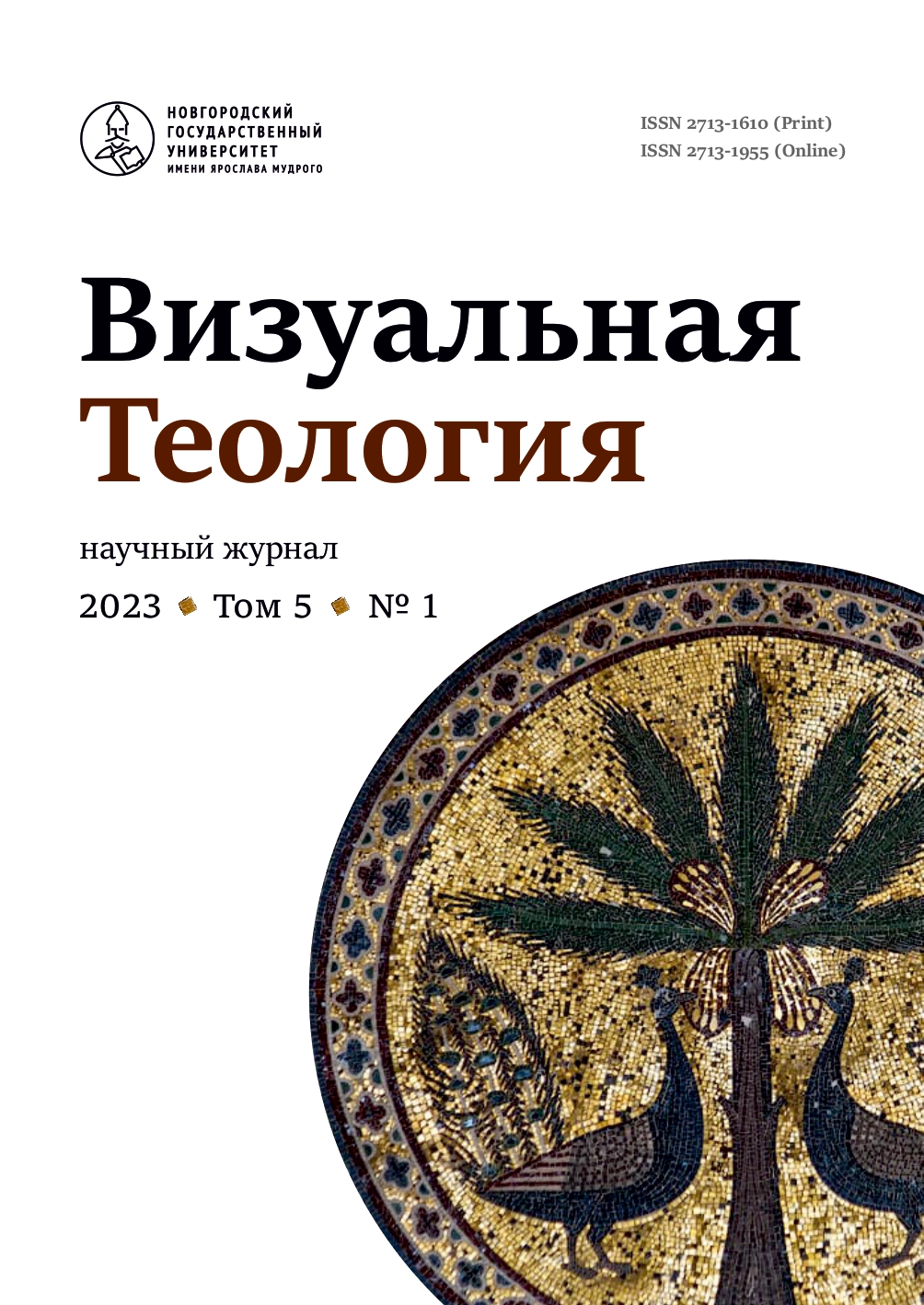Hiérotopie de l’obscurité
Аннотация
Although the role of light in the creation of sacred spaces is well known, the hierotopy of darkness has never been, to our knowledge, a subject of a dedicated study. In this work, darkness is thematized as a constitutive element of sacred spaces. I argue that there is more to darkness than merely the absence of light. A dark ambience engenders its own spirituality characterized by serenity, quiet peace and focusing on one’s inner life. Moreover, darkness is imbued with its own sacred meanings intimately intertwined with the dramaturgy and meanings of light. As an example, we take Roman catacombs, a site of funerary rituals and a spatial icon of the underworld through which the Christian paradise was shining, with sporadically embedded small gold-glass tondo icons as points of connection between earth and heaven.



